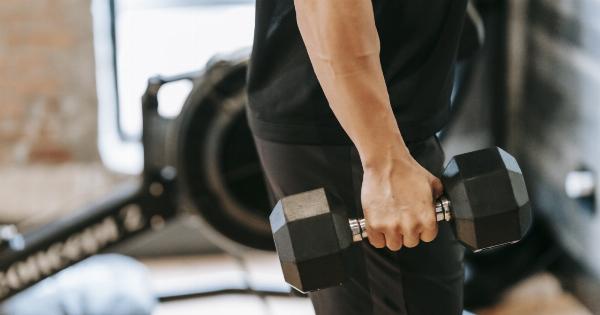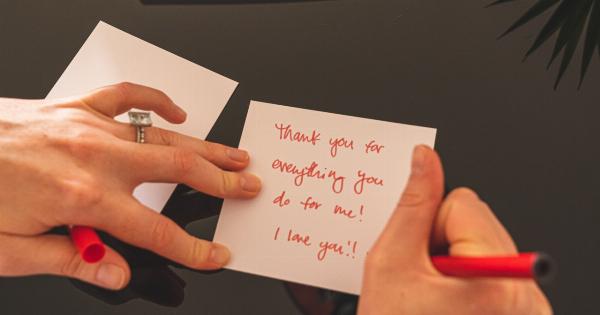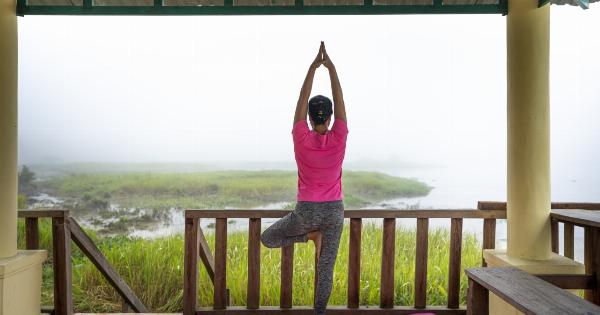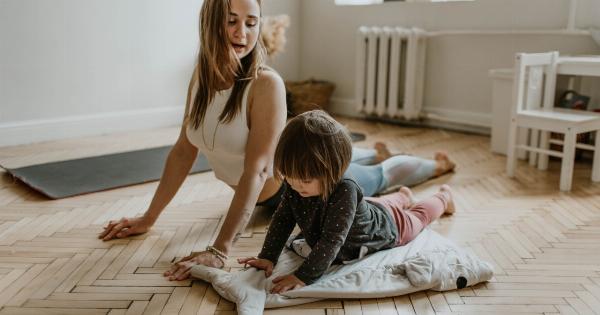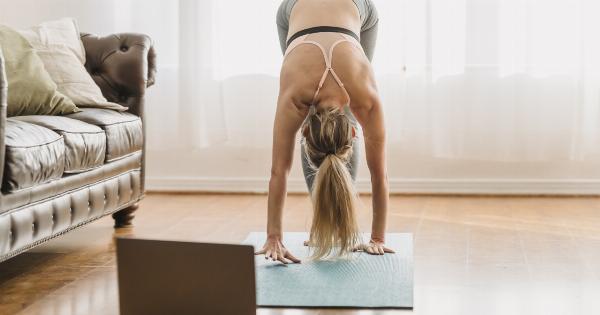Anxiety is a common problem that affects millions of people around the world. It can cause a range of symptoms, from racing thoughts to physical discomfort.
While there are many treatments for anxiety, some people find that breathing exercises can be an effective way to manage their symptoms. In this article, we will look at 10 breathing exercises that you can try to combat anxiety.
1. Diaphragmatic breathing
Diaphragmatic breathing, also known as belly breathing, is one of the most effective exercises for reducing anxiety. This technique involves breathing deeply and slowly, using your diaphragm to expand your belly and lungs.
To do this exercise, find a quiet place to sit or lie down. Place one hand on your chest and the other hand on your belly. Take a slow, deep breath in, letting your belly expand outward. Hold your breath for a few seconds, then slowly exhale, letting your belly deflate.
Repeat this exercise for several minutes until you feel calm and relaxed.
2. Equal breathing
Equal breathing is a simple technique that involves inhaling and exhaling for the same amount of time. This exercise can help to regulate your breathing and reduce feelings of anxiety.
To try this exercise, find a comfortable seated position and inhale for a count of four. Hold your breath for a count of four, then exhale for a count of four. Repeat this cycle for several minutes, focusing on the steady rhythm of your breath.
3. 4-7-8 breathing
4-7-8 breathing, also known as “relaxing breath”, is a popular technique for reducing anxiety and promoting relaxation. It involves breathing in for four seconds, holding your breath for seven seconds, and exhaling for eight seconds.
This exercise is believed to slow down your heart rate and calm your mind. To try this technique, sit or lie down in a quiet place and take a deep breath in, counting to four. Hold your breath for seven seconds, then slowly exhale for eight seconds. Repeat this cycle for several minutes, focusing on the rhythm of your breath.
4. Alternate nostril breathing
Alternate nostril breathing, also known as Nadi Shodhana, is a yoga technique that can help to balance your nervous system and reduce feelings of anxiety.
This exercise involves breathing through one nostril at a time, using your fingers to close off one nostril while inhaling and exhaling through the other. To try this technique, sit in a comfortable position and use your right hand to close off your right nostril. Inhale through your left nostril, then use your finger to close off your left nostril and exhale through your right nostril.
Inhale through your right nostril, then use your finger to close off your right nostril and exhale through your left nostril. Repeat this cycle for several minutes, focusing on the sensations in your body.
5. Humming bee breath
The humming bee breath, also known as Bhramari Pranayama, is a yoga technique that can help to reduce anxiety and promote relaxation. This exercise involves making a humming sound while exhaling, which can help to calm your mind and soothe your nerves.
To try this technique, sit in a comfortable position and take a deep breath in. As you exhale, make a humming sound with your lips closed. Focus on the vibration of the sound in your body. Repeat this cycle for several minutes, feeling the tension and anxiety melt away.
6. Lion’s breath
Lion’s breath, also known as Simhasana pranayama, is a yoga technique that can help to release tension and reduce feelings of anxiety.
This exercise involves taking a deep breath in and exhaling forcefully, while sticking out your tongue and making a “roaring” sound like a lion. This exercise is believed to help release tension in your jaw and throat, which can often be a source of anxiety. To try this technique, sit in a comfortable position and take a deep breath in.
As you exhale, stick out your tongue and make a “roaring” sound like a lion. Repeat this cycle for several minutes, feeling the tension and anxiety melt away.
7. Buteyko breathing
Buteyko breathing is a breathing technique that can help to reduce anxiety and promote relaxation. This exercise involves taking small, shallow breaths through your nose, using your diaphragm to control your breathing.
To try this technique, sit in a comfortable position and close your mouth. Take a small, shallow breath through your nose, then exhale slowly. Try to avoid taking deep breaths, and focus on the sensation of your breath moving in and out of your body.
8. Sitali breathing
Sitali breathing is a yoga technique that can help to reduce anxiety and promote relaxation. This exercise involves inhaling through your mouth, using your tongue as a straw, and exhaling slowly through your nose.
This exercise is believed to cool down your body and calm your mind. To try this technique, sit in a comfortable position and curl your tongue into a “U” shape. Inhale deeply through your tongue, then exhale slowly through your nose.
Repeat this cycle for several minutes, focusing on the sensation of your breath moving in and out of your body.
9. Box breathing
Box breathing, also known as “square breathing”, is a simple technique that can help to regulate your breathing and reduce feelings of anxiety.
This exercise involves inhaling for a count of four, holding your breath for a count of four, exhaling for a count of four, and holding your breath for a count of four. This exercise is believed to slow down your heart rate and calm your mind. To try this technique, sit in a comfortable position and inhale for a count of four. Hold your breath for a count of four, then exhale for a count of four.
Hold your breath for a count of four, then inhale for a count of four. Repeat this cycle for several minutes, focusing on the steady rhythm of your breath.
10. Pursed lips breathing
Pursed lips breathing is a technique that can help to reduce feelings of anxiety and promote relaxation. This exercise involves taking a slow, deep breath in through your nose, then pursing your lips and exhaling slowly through your mouth.
This exercise is believed to reduce the effort of breathing and help to calm your mind. To try this technique, sit in a comfortable position and breathe in slowly through your nose. Pucker your lips and breathe out slowly through your mouth, as if you were blowing out a candle.
Repeat this cycle for several minutes, focusing on the sensation of your breath moving in and out of your body.
Conclusion
Breathing exercises can be an effective way to manage anxiety and promote relaxation. These exercises can help to regulate your breathing and reduce feelings of tension and stress in your body.
By incorporating these simple techniques into your daily routine, you can create a sense of calm and balance in your mind and body.







